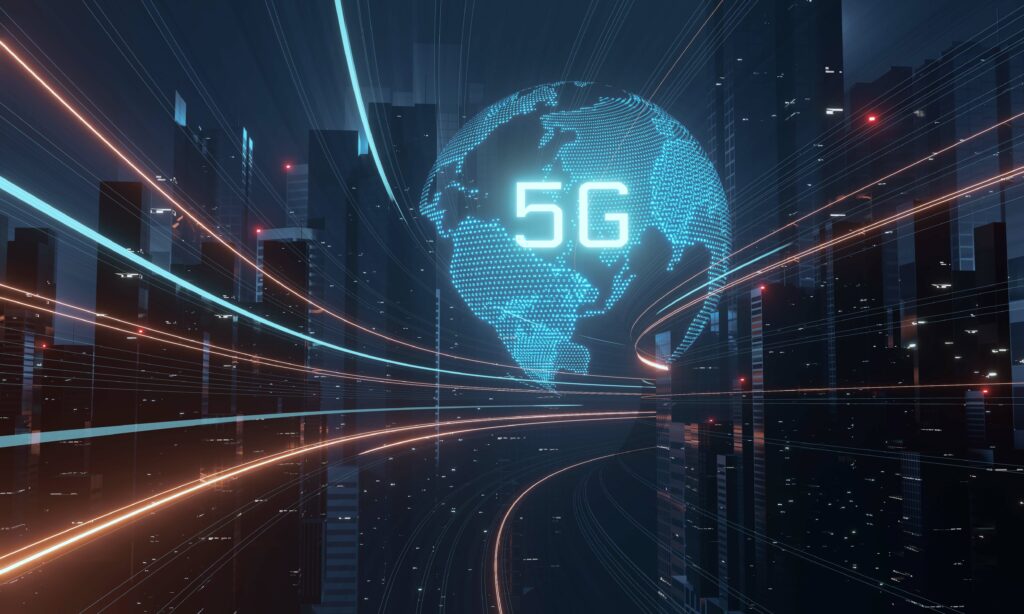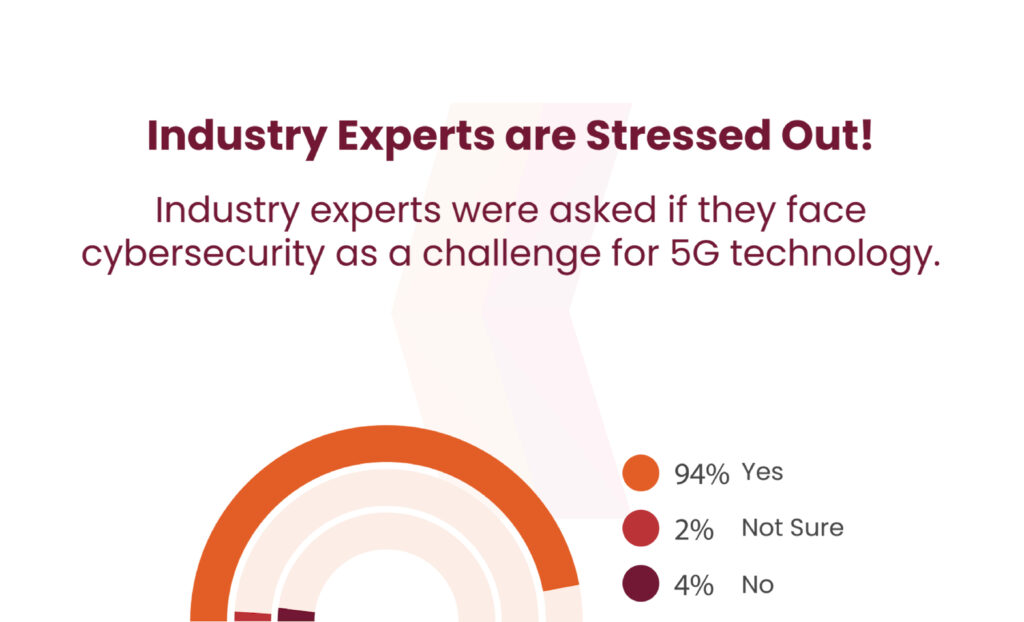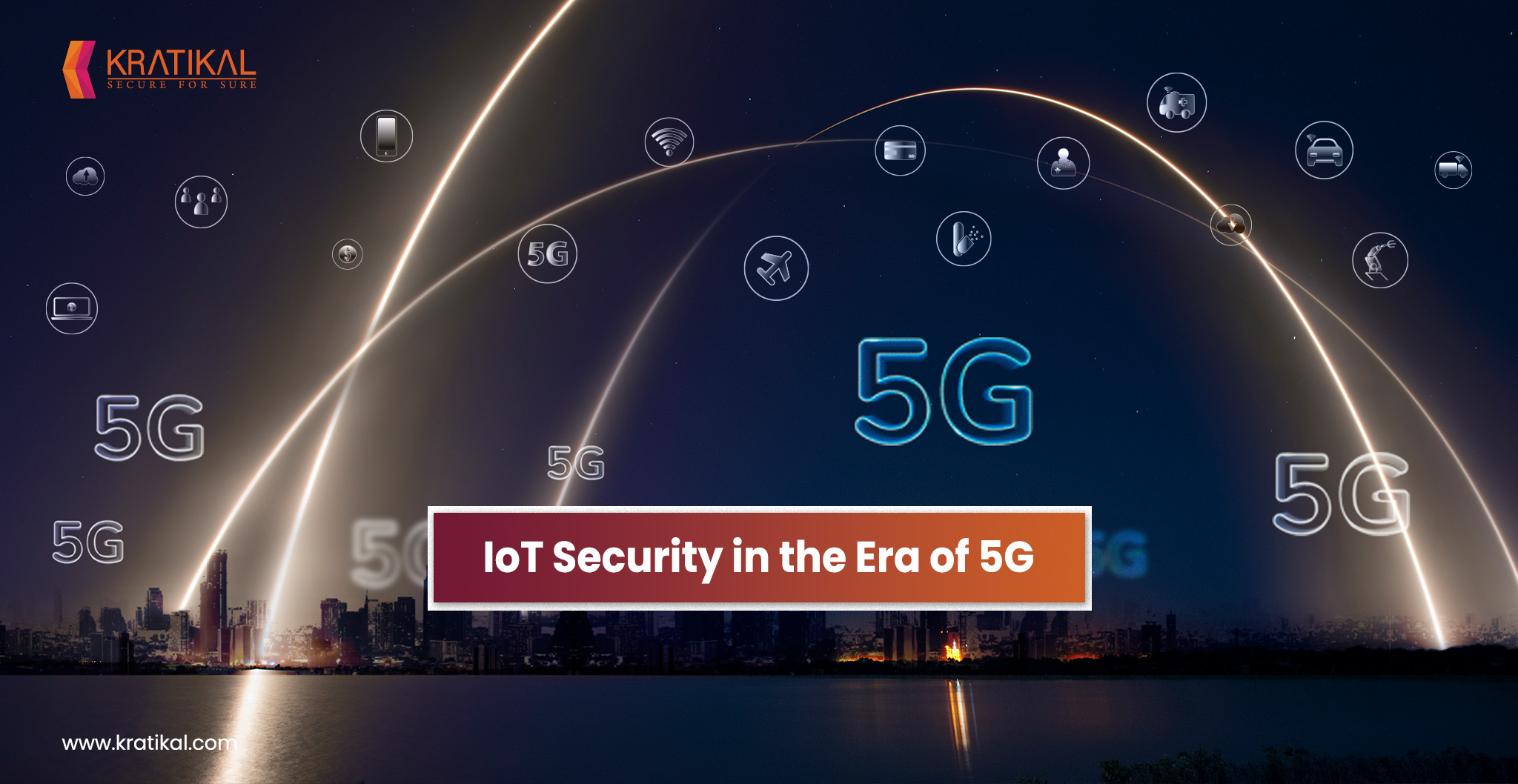5G technology impacts not just our daily lifestyle but the Internet of Things (IoT) as well. The world of 5G is not only transformed by hyper-connectivity but is also involved in the future hinges on a critical element: IoT security.
While 5G has remarkable speed and capacity, it also provides a large attack surface. Unlike earlier networks, which had a limited number of devices, 5G links a staggering number of “things”. These can be smart devices, sensors, appliances, and industrial equipment – all of which generate and transmit data. Although interconnection has numerous advantages, it also generates a network of potential risks.
Table of Contents
IoT Security for 5G Technology
The Internet of Things (IoT) has experienced a significant spike. The number of linked devices is expected to increase from 9.7 billion in 2020 to 29 billion by 2030. Among the many causes driving this expansion, the development of 5G networks stands out as one of the most important aspects in 2024.
The coexistence of IoT security and 5G technology is apparent. 5G networks have unmatched speed, low latency, and huge connections, making them perfect for supporting the large number of IoT devices that are likely to be online in the near future. From smart homes and self-driving cars to industrial automation and healthcare systems, 5G-enabled IoT devices have the potential to transform a variety of industries.
However, this interdependence creates serious security challenges. IoT devices frequently lack effective security features, leaving them open to hackers. With 5G’s increasing bandwidth and capacity, the potential impact of security breaches grows, posing privacy threats, and data integrity.
Get in!
Join our weekly newsletter and stay updated
Direct Impact of 5G on IoT Security
5G technology will bring a higher-throughput communication medium. This will allow speeds that exceed gigabits per second. As a result, devices can synchronize and execute operations more quickly. Furthermore, according to Verizon, it would build an ultra-low latency network. This was indicated by early installations with latency as low as 30 milliseconds. This low latency will make using IoT devices for complex operations, such as surgical procedures, possible. In the end, due to their large bandwidth capacity, 5G networks will allow for the connectivity of a greater number of devices without sacrificing quality.
What Challenges Does IoT Encounter in the Era of 5G?
The development of 5G technology signals a substantial revolution in industrial processes. However, it also brings a variety of issues that require extensive examination. Given 5G’s dependency on short-wave frequencies, cellular tower deployment must be more compact. This necessitates an increase in equipment to sustain network operation. This increases the logistical and financial complexity of constructing 5G infrastructure. Furthermore, the virtualization of many 5G components raises cybersecurity concerns. This ensures strong controls to protect against breaches and assure data integrity. As the user base in 5G networks grows dramatically, the need for strong cybersecurity protocols becomes clearer. This emphasizes the crucial role of IoT security in reinforcing the interconnected ecosystem.

Furthermore, the substantial expenditure necessary to acquire and operate new network equipment optimized for high-frequency band operations creates a severe barrier to entry. However, significant cost savings could happen as vendors collaborate to share hardware resources. This overall relieves the financial strain associated with the 5G rollout. In short, navigating the complexities of 5G technology needs an in-depth understanding of cybersecurity requirements. This directly shows the importance of incorporating effective IoT security mechanisms to reduce risks and maintain the cyber resilience of interconnected systems.
Book Your Free Cybersecurity Consultation Today!
Securing the Future of 5G with Cybersecurity
As we continue to explore the prospect of IoT and 5G technology, it is critical to prioritize cybersecurity throughout the development and deployment process. To build strong security standards and best practices, technology companies, manufacturers, regulators, and end users must work together.

Furthermore, investment in R&D is critical for creating improved security solutions that address the unique problems of IoT and 5G settings. Proactive security measures, such as encryption technologies and intrusion detection systems, as well as secure authentication processes, can help mitigate cyber threat concerns.
Conclusion
With over 14 billion IoT devices worldwide, their widespread existence highlights their enormous impact on our economy and daily lives. As industries increasingly rely on interconnected devices, the importance of IoT security, particularly in the context of 5G technology, cannot be more clear.
In conclusion, as we go through the rapidly evolving environment of IoT and 5G integration, cybersecurity becomes a top priority for businesses. The integration of these technologies needs strong cybersecurity safeguards against potential vulnerabilities and cyber attacks. As a result, investing in expert-guided IoT pentesting services is essential for ensuring the integrity of networked systems.
In this context, Kratikal emerges as a reliable partner, with over ten years of experience in cybersecurity. Kratikal, a premium service provider and Cert-In empanelled company, provides innovative approaches intended to handle the rising difficulties of IoT security in 5G technology. Organizations that work with Kratikal can proactively manage risks, improve resilience, and protect their digital assets in an increasingly interconnected environment.
FAQ
- Why is IoT security so important for 5G technology?
5G networks connect a vast number of IoT devices compared to previous generations. These devices, often lack strong security features and become potential entry points for attacks. This makes IoT security important in the era of 5G. - What are some challenges of securing IoT devices in a 5G world?
The challenges of securing IoT devices can be the short-wave frequencies used by 5G that require a denser network of cellular towers. This increases infrastructure complexity and potential vulnerabilities. The virtualization of 5G components necessitates robust cybersecurity controls to prevent breaches and ensure data integrity.








Leave a comment
Your email address will not be published. Required fields are marked *